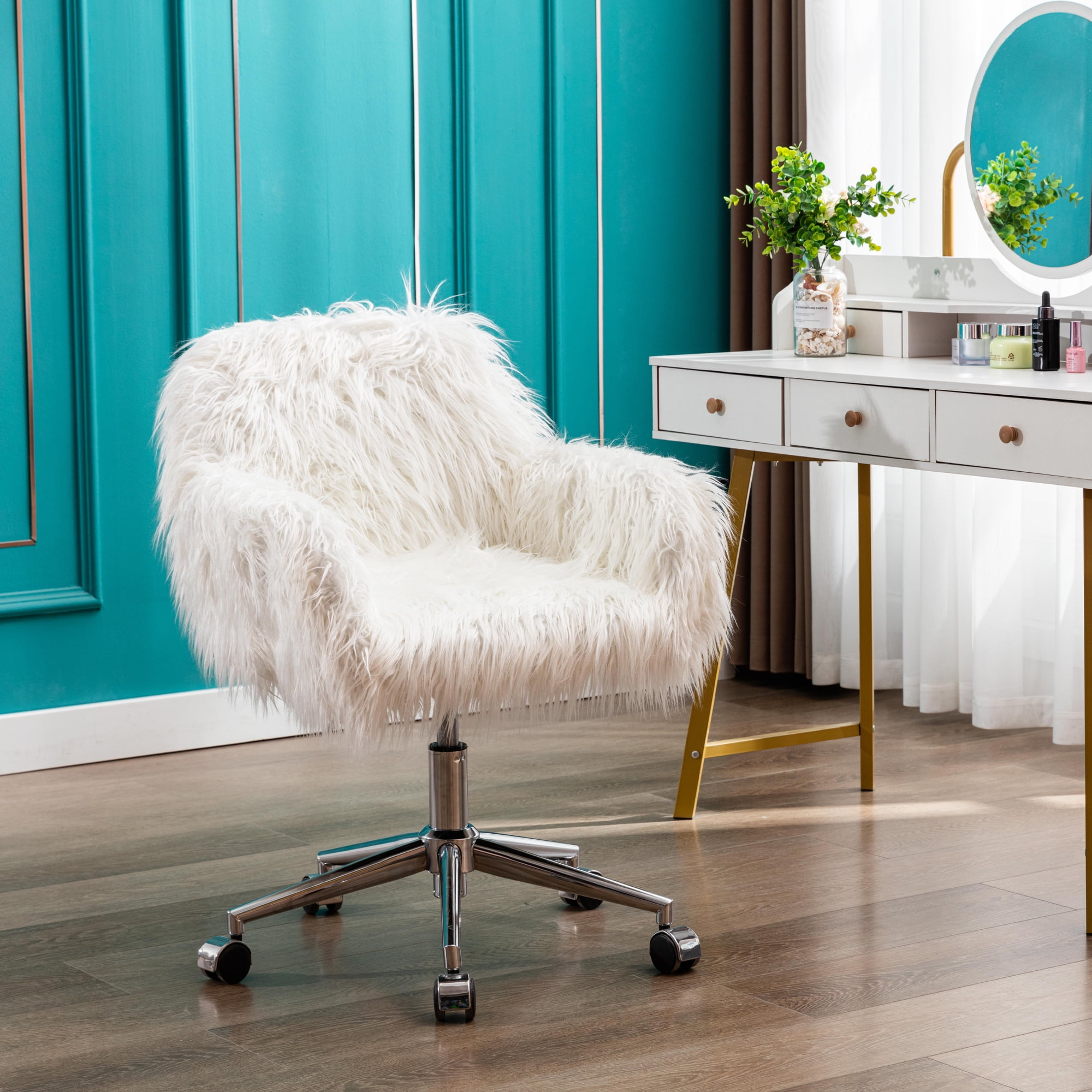Ergonomic Considerations for Teen Room Desk Chairs

The adolescent years, a time of rapid growth and development, demand careful consideration of ergonomic factors to ensure healthy posture and prevent long-term musculoskeletal issues. A well-chosen desk chair can be the cornerstone of a supportive study environment, promoting comfort and well-being during those crucial hours spent learning and engaging with technology. Selecting a chair that prioritizes ergonomics is an investment in a teenager’s future health.
Teen room desk chair – The right desk chair can transform a teen’s study space from a potential source of discomfort into a haven of ergonomic support. This involves understanding the critical role of proper posture and the chair features that contribute to its maintenance. Ignoring these aspects can lead to significant health problems down the line.
Ergonomic Feature Comparison of Teen Room Desk Chairs
The following table compares three popular teen room desk chairs based on key ergonomic features. The presence and quality of these features directly impact posture and comfort during extended periods of sitting.
| Feature | Chair A: The “StudyPro” | Chair B: The “ComfortCurve” | Chair C: The “GrowthSupport” |
|---|---|---|---|
| Adjustable Height | Yes, pneumatic height adjustment | Yes, adjustable with lever | Yes, gas lift with height indicator |
| Lumbar Support | Adjustable lumbar support | Built-in, fixed lumbar support | Adjustable lumbar support with customizable curve |
| Armrests | Adjustable armrests (height and width) | Fixed armrests | Adjustable armrests, padded |
Ideal Posture for Teenagers While Studying
Maintaining correct posture while studying is paramount for preventing future back and neck problems. The ideal posture involves sitting upright with feet flat on the floor, knees bent at a 90-degree angle, and the hips slightly higher than the knees. The back should be supported by the chair’s backrest, with the natural curvature of the spine maintained. The head should be held straight, aligned with the shoulders and hips, avoiding forward hunching or excessive tilting.
A chair with adjustable height ensures the user can achieve the optimal knee and hip angle. Adjustable lumbar support provides crucial lower back support, preventing slouching and promoting the natural curvature of the spine. Adjustable armrests allow for proper arm placement, reducing shoulder and neck strain. Conversely, chairs lacking these features can encourage poor posture, leading to discomfort and potential health issues.
Long-Term Health Effects of Unsuitable Chairs, Teen room desk chair
Prolonged use of unsuitable chairs can have significant long-term consequences for teenagers’ health. Poor posture, often resulting from inadequate chair support, contributes to the development of back pain and neck strain. These conditions can become chronic, impacting daily activities, sleep quality, and overall well-being. For example, a student spending hours daily on a chair with no lumbar support might experience persistent lower back pain, leading to reduced concentration and even impacting their academic performance. Similarly, a chair with poorly designed armrests could cause shoulder and neck stiffness, resulting in headaches and discomfort. The cumulative effect of these issues can significantly affect a teenager’s physical and mental health, potentially extending into adulthood.
